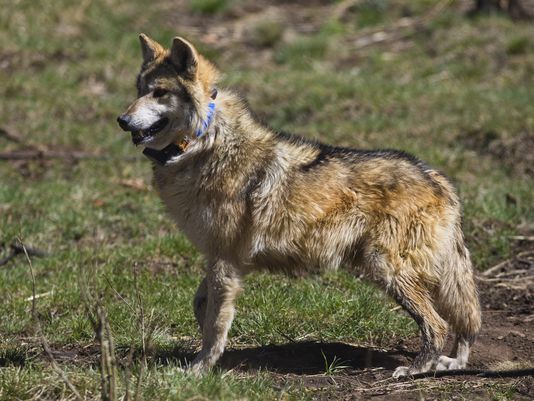As part of a conservation and breeding program to preserve the Mexican wolf, 9 specimens of this endemic species of our country arrived at the León, Guanajuato Zoo in an attempt to promote its reproduction in captivity.
“They are part of a joint program between Mexico and the United States for the conservation of this species that is seriously endangered and close to extinction,” said Jesús Barroso, biologist with the Binational Commission for the Preservation of the Mexican Wolf.
In the decade of the 50’s, the Mexican wolf was hunted almost to its extinction, its habitat extended from the southern United States, all the way to the Central Mexico. But today only a scarce number of specimens of this endangered species remain in the wild.
The nine wolves that arrived at the León Zoo are from the same family, and were separated from their original herd to make a genetic evaluation in order to help their reproduction.
The program has 18 centers, where special habitats were created for the captivity in controlled reproduction cycles of 32 pairs of wolves.
The purpose is to assess which specimens can reproduce without affecting the viability of the species.
“We have a record of all the wolves that exist in captivity in zoos across the United States and Mexico, their genetic quality is constantly monitored and evaluated for the purposes of this reproductive program,” explained Jesús Barroso, biologist of the Binational Commission for the preservation of the Mexican wolf.
The program mainly seeks to create genetically viable pairs to guarantee the reproduction of the Mexican wolf.
The Binational Commission for the Preservation of the Mexican Wolf, reported that the most recent release occurred on February 9, this year, when a family of 5 specimens was succesfully released in the mountains of the northern state of Chihuahua.
It is estimated that there are less than 300 specimens alive, and only 37 of them living in small herds in the wild, either in the southern United States or northern Mexico.
Source: noticieros.televisa.com


